Rice Flour Vegan Crepes
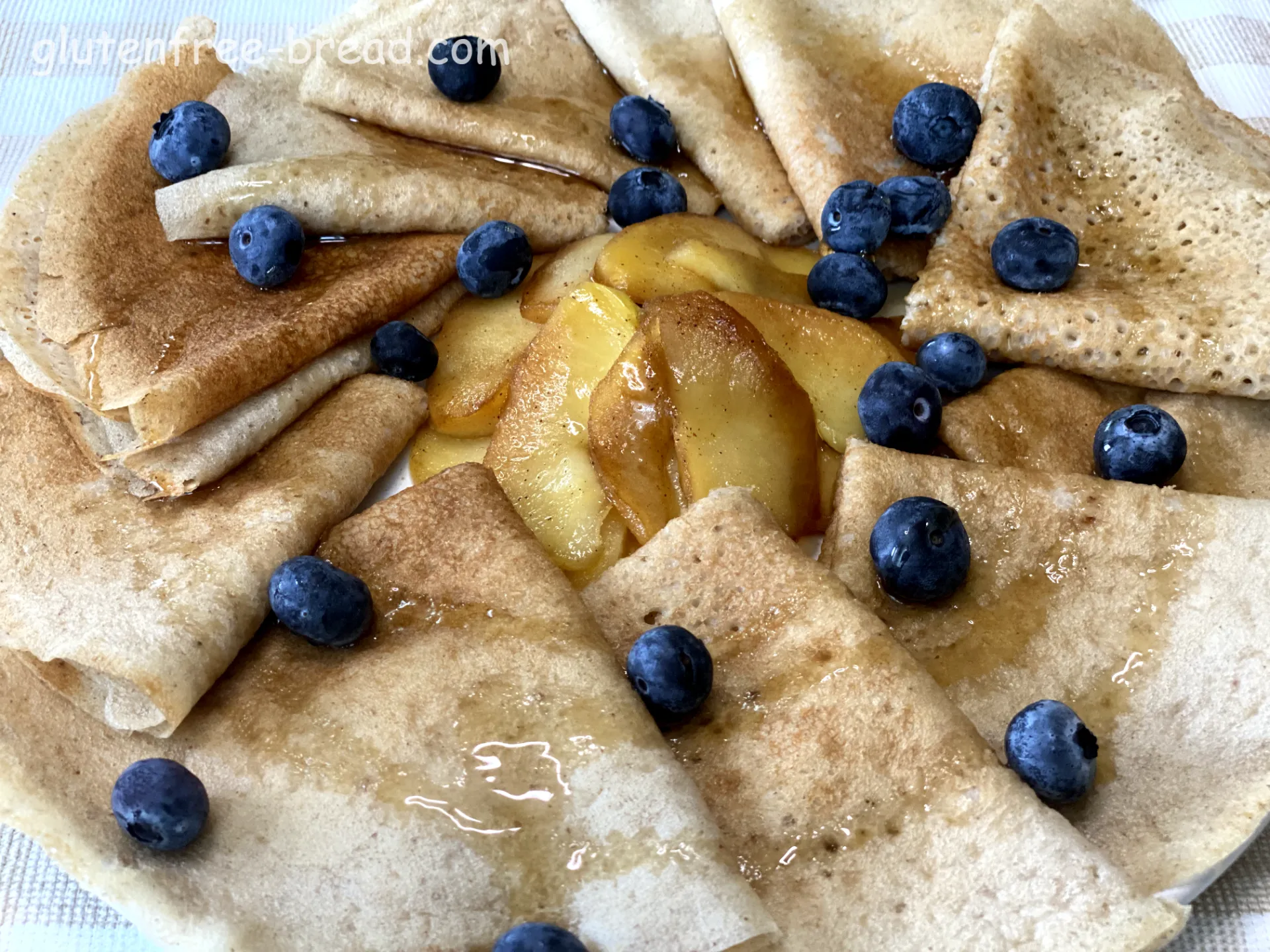
Ingredients:
| Name | Metric | US | TIP | |
|---|---|---|---|---|
| Rice Flour | 110 gr | 3/4 cup | ||
| Oat Flour | 50 gr | 1/2 cup | ||
| Banana | 1 | 1 | ||
| Plant-based Milk | 395 ml | 1 2/3 cups | ||
| Ground Flaxseeds | 6 gr | 1 teaspoon | ||
| Salt | 3 gr | 1/2 teaspoon | ||
| Ground Cinnamon | 3 gr | 1/2 teaspoon |
Optional Ingredients for Caramelized Apple:
| 1 Apple, peeled, cored, and cut in 1/4-inch thick slices | |
| 1 tsp Brown Sugar | |
| 1/4 tsp Cinnamon | |
| 1/4 tsp Salt |
Equipment:
| Blender |
Steps:
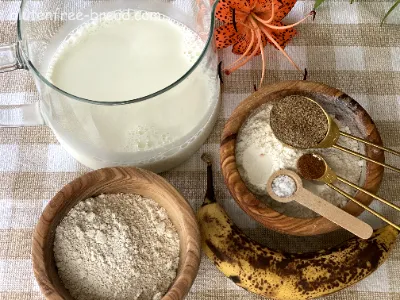
Step 1
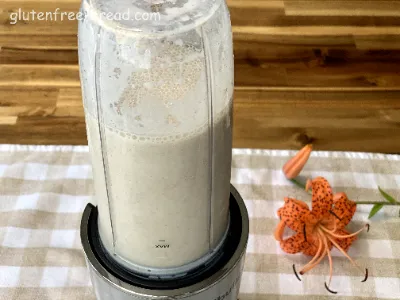
Step 2
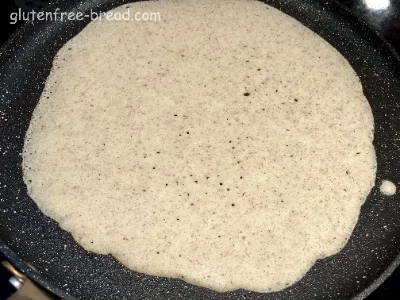
Step 3
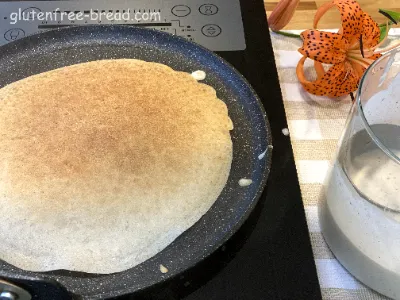
Step 4

Step 5

Step 6

Step 7
Notes:
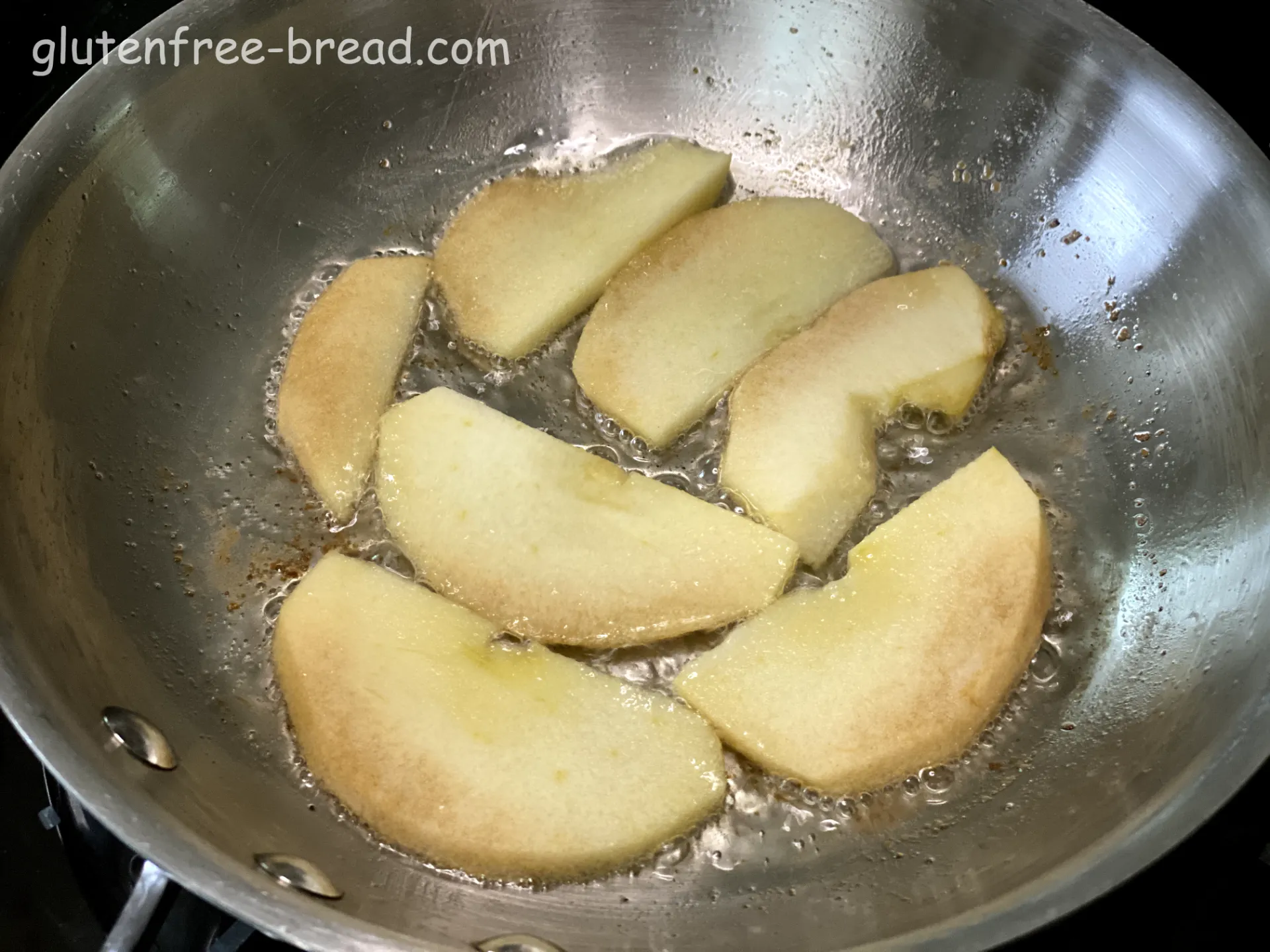
Rice Flour Vegan Crepes
Here are some tips for making perfect crepes:
Use the right batter consistency: The crepe batter should be thin, similar to the consistency of heavy cream. If it's too thick, the crepes will be too dense; if it's too thin, they may tear easily.
Let the batter rest: Allow the batter to rest for at least 10 minutes before cooking. This allows the flour/grains to fully hydrate and results in smoother crepes.
Preheat the pan: Preheat a non-stick skillet or crepe pan over medium heat before adding the batter. The pan should be hot enough that a drop of water sizzles and evaporates immediately.
Use the right amount of batter: Pour just enough batter into the pan to thinly coat the bottom when swirled. You can use a ladle or measuring cup to portion out the batter.
Swirl the batter: Once you pour the batter into the pan, quickly tilt and rotate the pan to spread the batter evenly in a thin layer. This helps create a uniform thickness for the crepe.
Cook on one side first: Cook the crepe on one side until the edges start to brown slightly and the surface appears dry, about 1-2 minutes.
Flip carefully: Use a thin spatula to gently lift and flip the crepe. If you're new to making crepes, you can use your fingers to help guide the crepe as you flip it.
Cook briefly on the other side: Cook the crepe on the other side for another 15 seconds or until lightly browned.
Keep warm: If you're making a large batch of crepes, you can keep them warm by covering the stack with a clean kitchen towel while you finish cooking the rest.
Experiment with fillings: Get creative with your crepe fillings! Sweet options like Nutella, fresh fruit, whipped cream, or jam are classic choices, while savory options like cheese, ham, spinach, or mushrooms can also be delicious.
With practice and patience, you'll be able to master the art of making perfect crepes every time!
Rice Flour Vegan Crepes additional information:
Rice flour vegan crepes, compared to traditional wheat flour crepes, can have slightly different characteristics when it comes to cooking:
Cooking Time: Rice flour crepes may require a bit more time to cook compared to wheat flour crepes. This is because rice flour does not contain gluten, which helps wheat flour crepes hold together and cook more quickly. Without gluten, rice flour crepes can be more delicate and take a bit longer to set and cook through.
Handling: Due to their delicate nature, rice flour crepes may require gentler handling during cooking. It's important to spread the batter evenly and cook them over medium heat to prevent sticking or tearing.
Texture: Rice flour crepes tend to have a softer and more tender texture compared to wheat flour crepes. Some people prefer this softer texture, while others may find it slightly more challenging to work with.
Practice Makes Perfect: Like any new recipe or ingredient, cooking rice flour crepes may require a bit of practice to get the hang of the right consistency of the batter and the optimal cooking time. Once you get accustomed to cooking them, you'll likely find the process straightforward.
Versatility: Despite potential differences in cooking time and handling, rice flour crepes offer a gluten-free and vegan-friendly alternative that can be just as delicious and versatile as traditional crepes. They can be filled with a variety of sweet or savory fillings and enjoyed for breakfast, dessert, or any meal.
In summary, while rice flour vegan crepes may need a bit more attention during cooking and potentially a slightly longer cooking time compared to wheat flour crepes, they offer a unique texture and dietary benefit that makes them worth trying. With practice and patience, you can achieve delicious results with rice flour crepes that cater to various dietary preferences and tastes.
Rice flour crepes can provide a range of nutrients depending on the specific ingredients used in the recipe. Here's a general overview of the nutritional value of rice flour crepes made with eggs:
Protein: Eggs are a rich source of high-quality protein, containing all nine essential amino acids that the body needs for growth, repair, and maintenance of tissues. Protein is essential for building and repairing muscles, supporting immune function, and producing enzymes and hormones.
Carbohydrates: Rice flour is primarily composed of carbohydrates, which provide energy for the body. However, rice flour crepes may have a lower carbohydrate content compared to crepes made with wheat flour, making them potentially suitable for individuals following low-carb or gluten-free diets.
Vitamins and minerals: Eggs are rich in various vitamins and minerals, including vitamin A, vitamin D, vitamin B12, riboflavin, folate, iron, and selenium. These nutrients play important roles in vision health, bone health, red blood cell production, and antioxidant defense.
Fats: Eggs contain healthy fats, including monounsaturated and polyunsaturated fats, as well as omega-3 fatty acids. Fats are essential for nutrient absorption, hormone production, and cell membrane structure.
Gluten-free: Rice flour is naturally gluten-free, making rice flour crepes a suitable option for individuals with gluten intolerance or celiac disease.
Fiber: While rice flour itself is not a significant source of dietary fiber, adding fiber-rich ingredients like fruits or vegetables to the crepe filling can increase the fiber content and promote digestive health.
Overall, rice flour crepes can be a nutritious and versatile choice for breakfast, brunch, or dessert. They provide a good balance of protein, carbohydrates, fats, vitamins, and minerals, making them a satisfying and wholesome meal option.







